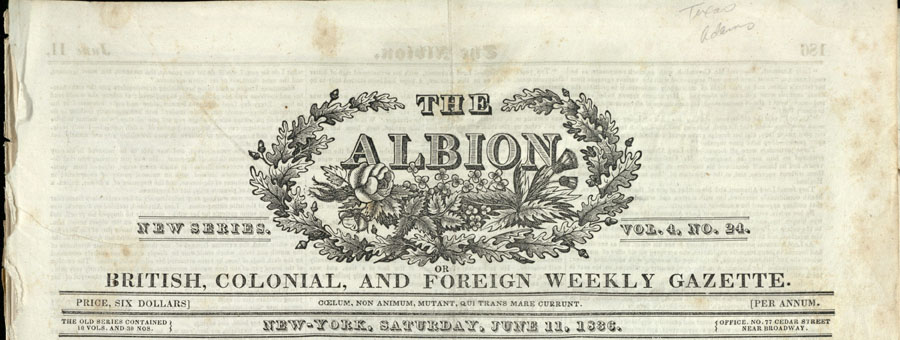Each month, we post an update to notify our readers about the latest archival collections to be processed and some highlights of our print material acquisitions. These resources are primed for research and are just a sampling of the many resources to be found at The Texas Collection!
September’s finding aids
By Emily Carolin, Graduate Assistant, and Paul Fisher, Processing Archivist

- Myron Wood photographic collection, 1979-1981 (#3873): Have you ever wondered what Waco looked like decades prior? The Myron Wood photographic collections contains photographs of Waco, mainly downtown, and smaller towns in and around McLennan County.
- Jewish Federation of Waco and Central Texas, 1927-2006 (#2894): The Jewish Federation of Waco and Central Texas collection documents this organization’s extensive good works, including assistance to Jewish families immigrating to Central Texas, support to the Lone Soldier Center in Jerusalem, emergency relief in Ukraine, and assistance to Israeli soldiers. Materials include minutes, financial ledgers, and administrative files.
- Esther and Martha Leuschner papers, 1912-1987 (#2593): Documents the lives of two sisters: one a mathematics teacher at Waco High School, and the other sister, an employee in Baylor’s registrar’s office. The correspondence, photographs, clippings, and collected materials provide insight into the lives of the Leuschner sisters, who were well-remembered for opening their home to Baylor students for recreation and entertainment.
- Nina B. Glass papers, 1935-1965 (#1322): Materials include correspondence, programs, and notes about the personal and educational activities of a female pioneer in Texas education. Glass is credited with the founding of the first elementary school library in the United States.
September’s print materials
By Amie Oliver, Librarian and Curator of Print Materials
This beautiful promotional highlights Weslaco, located in the Rio Grande Valley. Filled with photographs showing the richness of agriculture, from citrus fruits to cabbage, Weslaco: End of the Rainbow, also provides information about the dairy industry, water, and sporting opportunities. Click here to view in BearCat!
Montgomery, Cora. Texas and Her Presidents. New York: E. Winchester, New World Press, 1845. Print.
and Her Presidents. New York: E. Winchester, New World Press, 1845. Print.
Located at only eight libraries in the world, this exceedingly rare 1845 volume highlights President Mirabeau B. Lamar and President Sam Houston. Also included is an extensive account of several other leaders of the Republic of Texas. Click here to view in BearCat!

Wyatt, Kenneth. The Texicans. Amarillo: Trafton & Autry Printers, 1988. Print.
Bound in steerhide and leather, this oversized volume, containing 50 color plates, features Texas-centric artwork by renowned artist Kenneth Wyatt. Click here to view in BearCat!
















